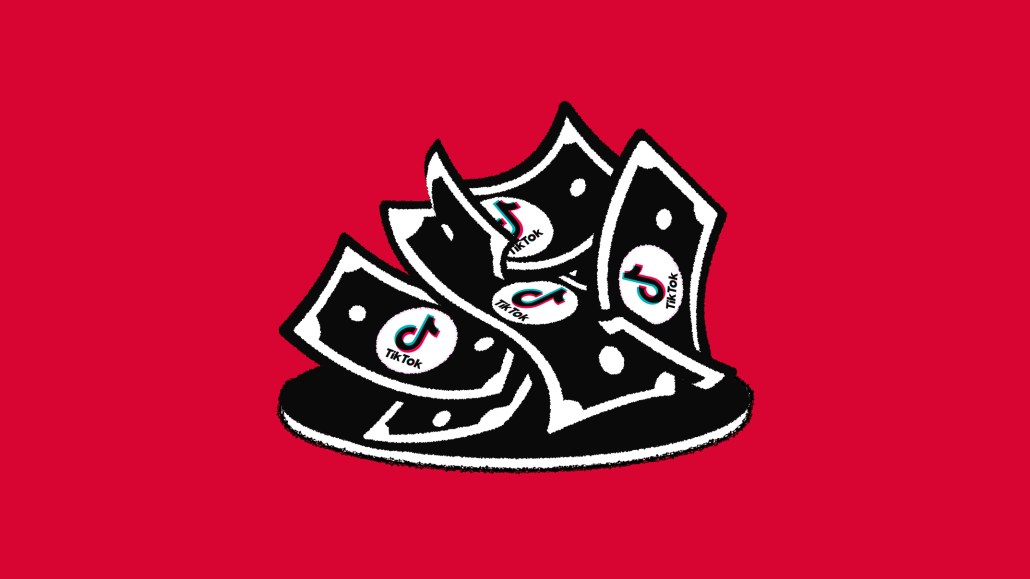‘TikTok is one of the places where culture is created’: As TikTok popularity swells, Silk looks to tap growth

Plant-based food brand Silk is pouring efforts into TikTok for the first time, as the 45-year-old brand looks to refresh itself and appeal to younger, more diverse shoppers.
As TikTok grows in popularity, the short-form video app is quickly becoming a staple in advertisers’ social spend. This year in the US, TikTok is expected to hit $5.96 billion in net ad revenue, to rake in 2.4% of the country’s nearly $250 billion in digital ad spend, according to eMarketer.
“To tap into culture, you’ve got to be where culture exists. And TikTok is one of the places where culture is created,” said John Starkey, president of plant-based food and beverages for Danone North America.
This foray into TikTok is Silk’s attempt at getting in front of more Gen Z shoppers, while also tapping into cultural moments and trends that happen on the app, Starkey said. He added that the platform will become a larger part of the brand’s media mix and ad spend as the Silk team sees its impact and effectiveness grow. (It’s unclear how TikTok affects Silk’s ad spend, as Starkey declined to provide details.)
“Going to TikTok allows you to show up consistently, but [also] potentially show different sides of the brand that you may not be able to see through some of your more traditional marketing levers,” Starkey said, pointing to TikTok’s preference for less editorialized content.
Last year, Silk spent just over $17 million on media, slightly down from the $18 million spent in 2020, according to Kantar. Those numbers do not include social spend as Kantar does not track those figures. Already this year, the plant-based brand has spent more than $850,000 across Facebook and Instagram. Last year, that figure was $4.7 million, nearly doubling the $2.6 million spent in 2020, according to Pathmatics.
Aside from TikTok, the brand splits its ad dollars among linear television, online video and social media. Starkey did not provide specific figures for said spend.
Gets Silk in front of more Gen Z shoppers; Silk can tap cultural moments and trends; Show different sides of the brand; Opportunity for content like hashtag challenges.
Silk, which is owned by Danone North America, first started its TikTok efforts in April through a partnership with singer Kelly Rowland for its #SwapItWithSilk hashtag challenge. Other creators Silk tapped for the campaign include food TikTokers Jonny Morales, who has more than 3.2 million TikTok followers, and Oscar Perez, who has more than 1.7 million followers. The campaign, which has racked up 85.6 million TikTok views so far, is estimated to run through the year, Starkey said.
TikTok challenges are one of the platform’s more expensive advertising options, with a price tag of about $130,000, Digiday previously reported. Often, brands opt to leverage TikTok influencers or take their chances with organic content with the hope of going viral to save a few dollars. But as the app’s popularity has grown, so has its share of marketing dollars, making it a primary focus for advertisers.
“We’re still two years away from TikTok really becoming in the same conversation as Meta or Google, but I think they’re on their way,” said David Song, CEO of Rosie Labs ad agency.
Silk’s hashtag challenge was the brand’s “first dip in the water” of TikTok, said Starkey, noting that there are plans to do more in the future as long as the app proves an effective brand awareness tool.
“This is going to be a continual effort to leverage TikTok and social channels to authentically connect with consumers,” he said.
More in Marketing

Agencies create specialist units to help marketers’ solve for AI search gatekeepers
Wpromote, Kepler and Jellyfish practices aim to illuminate impact of black box LLMs’ understanding of brands search and social efforts.

What AI startup Cluely gets — and ad tech forgets — about attention
Cluely launched a narrative before it launched a tool. And somehow, it’s working.

Ad Tech Briefing: Start-ups are now table stakes for the future of ad tech
Scaled ad tech companies need to maintain relationships with startups, when the sector is experiencing ongoing disruption due to AI.







